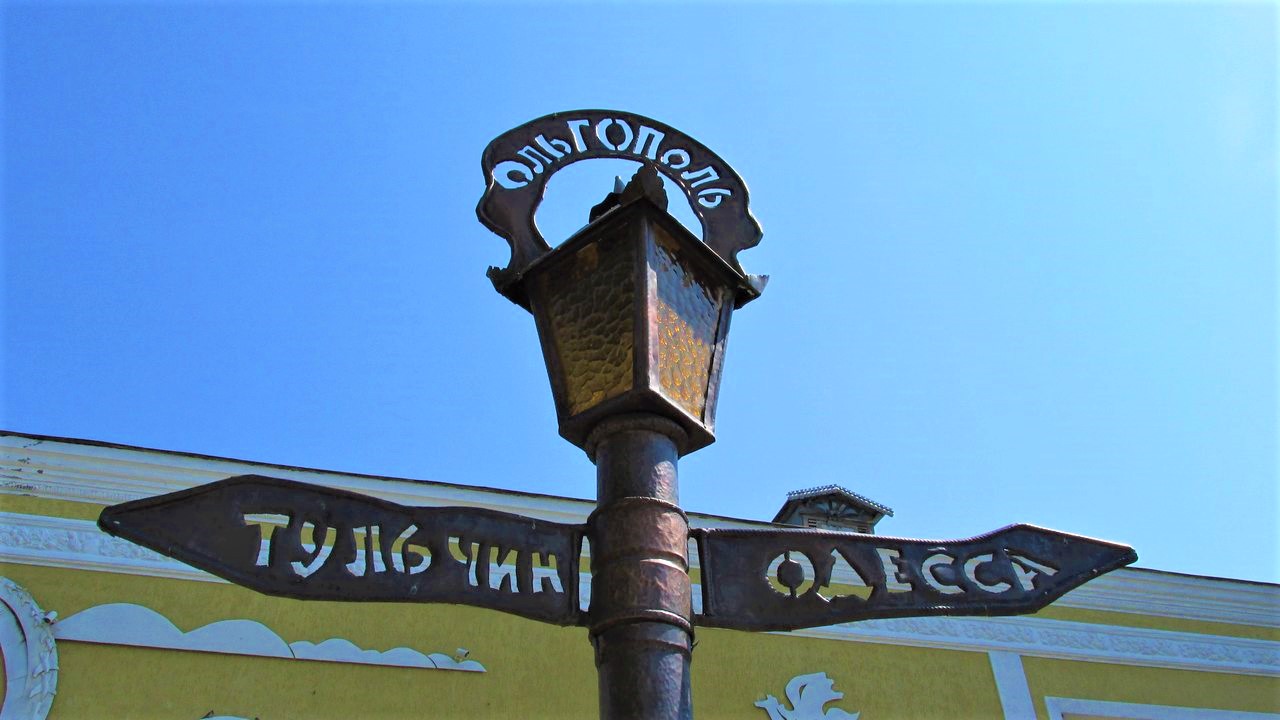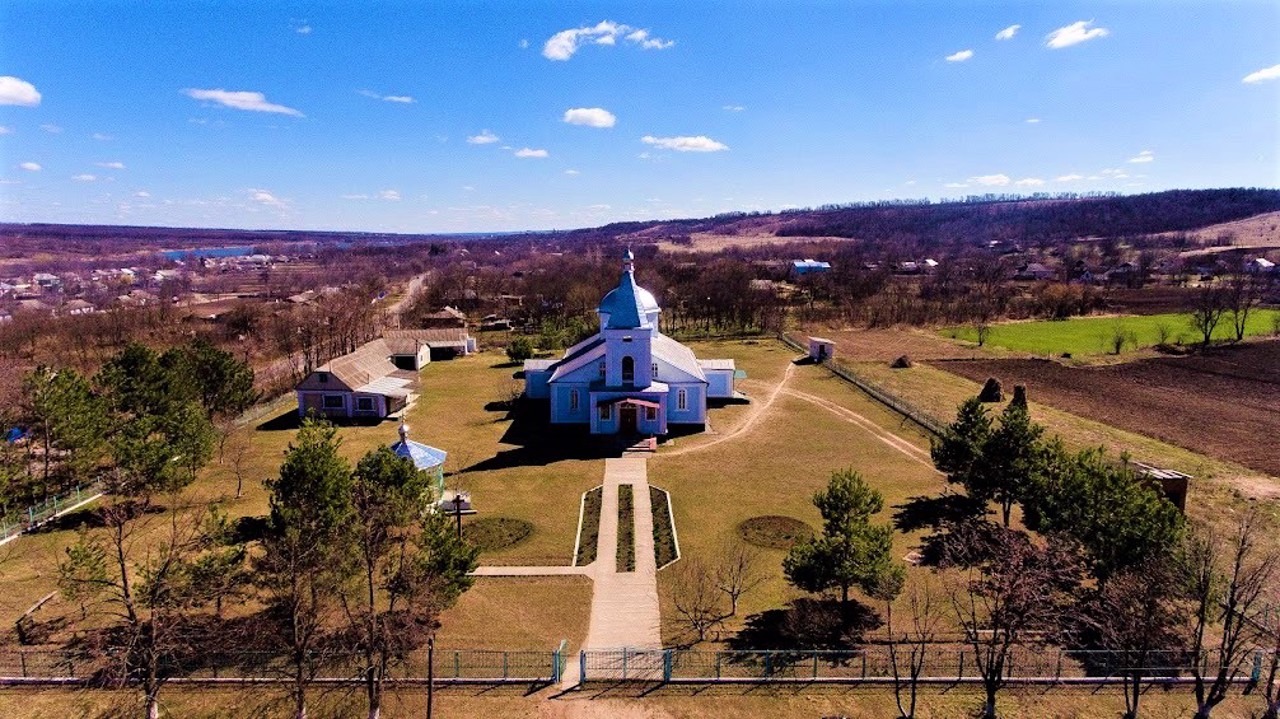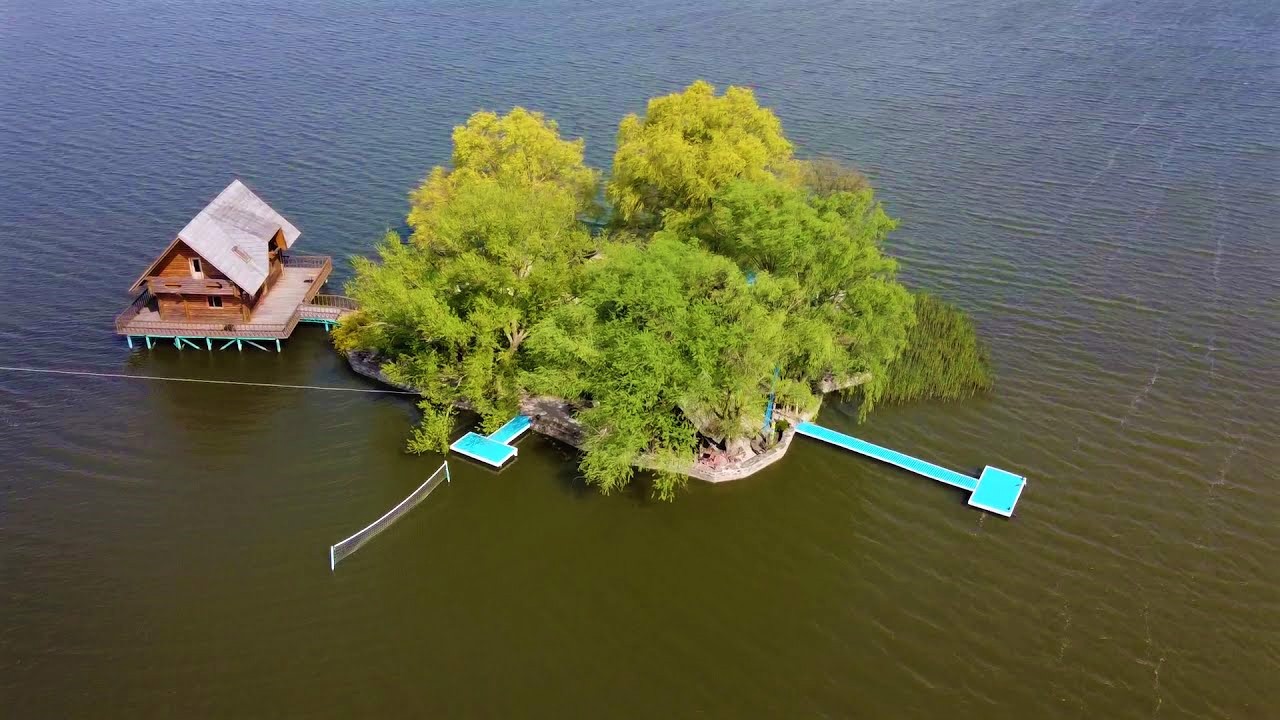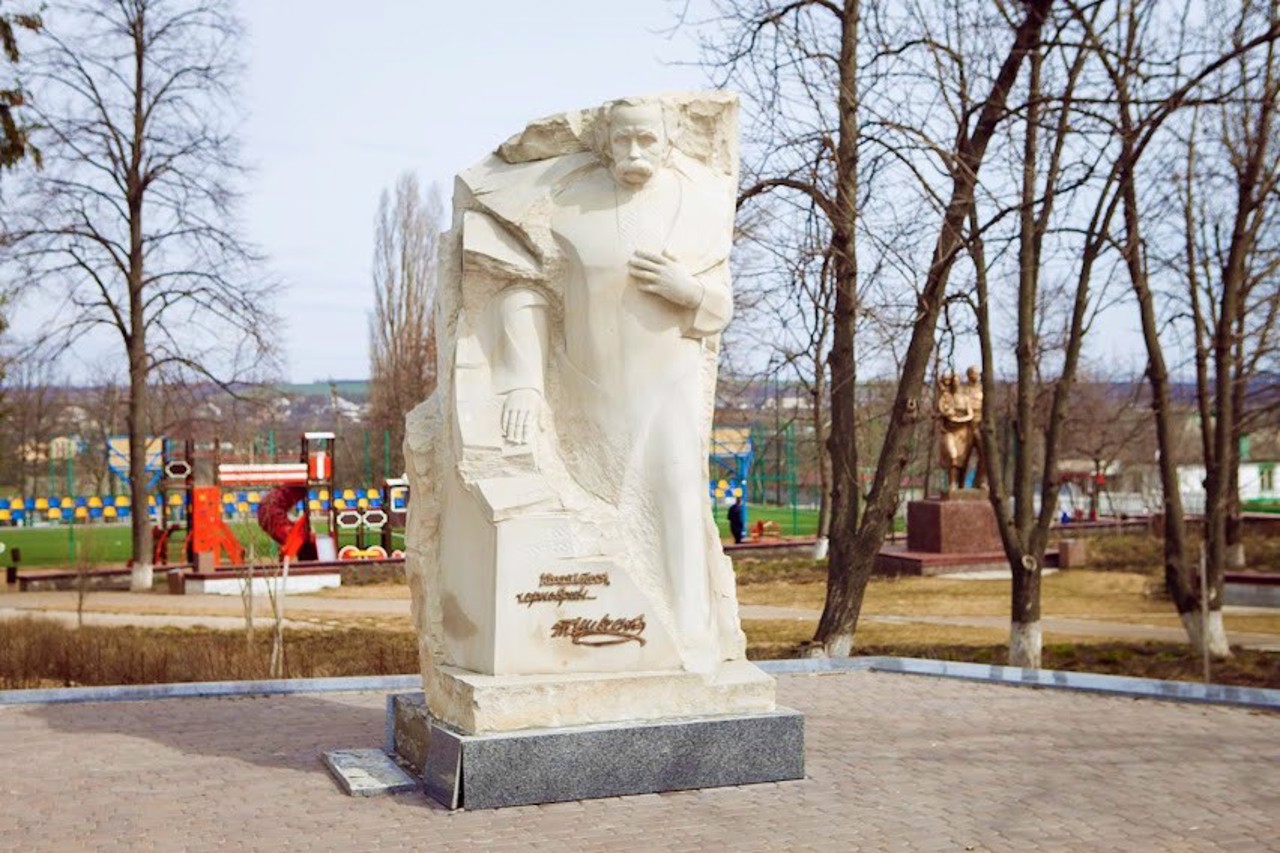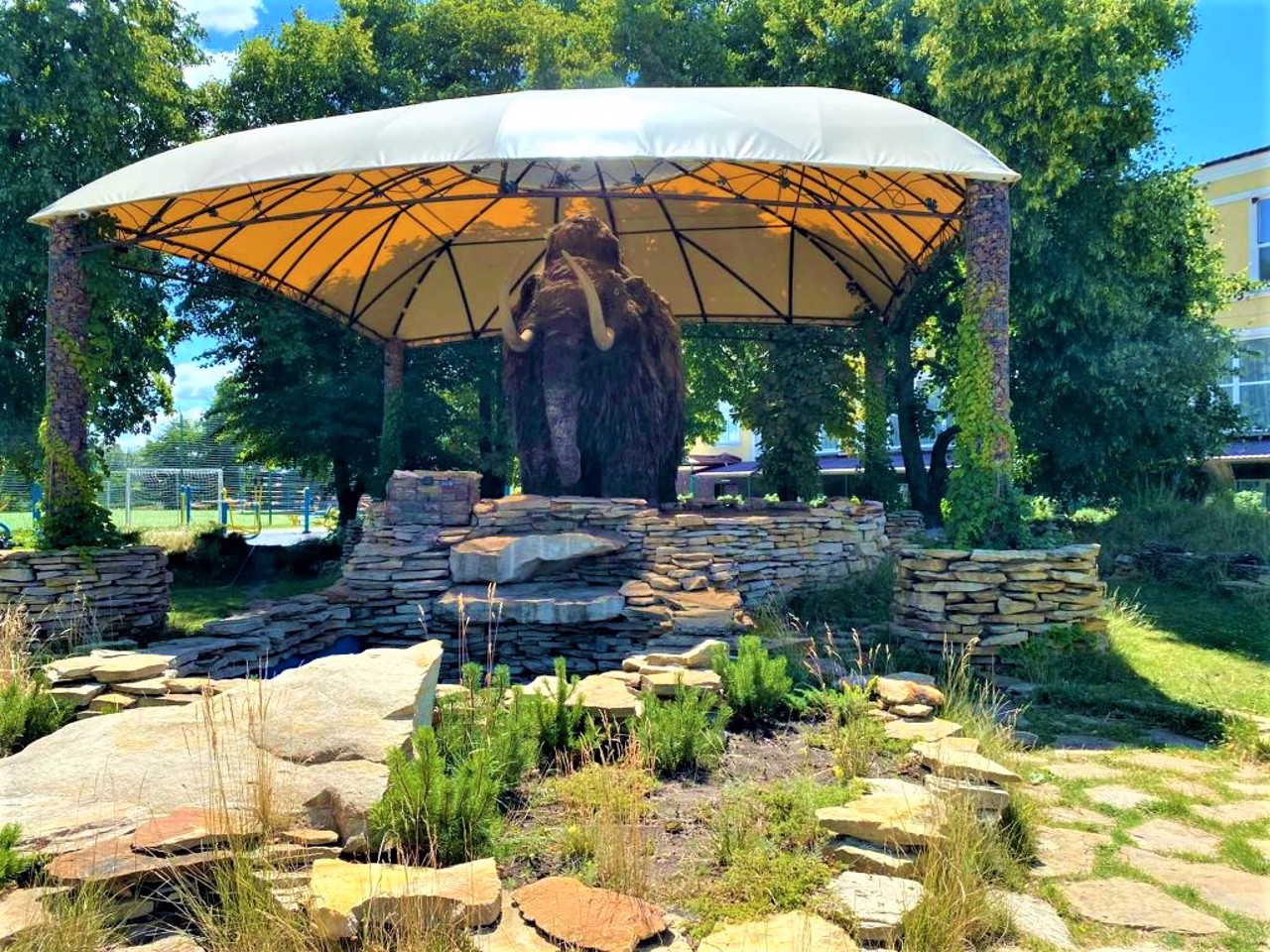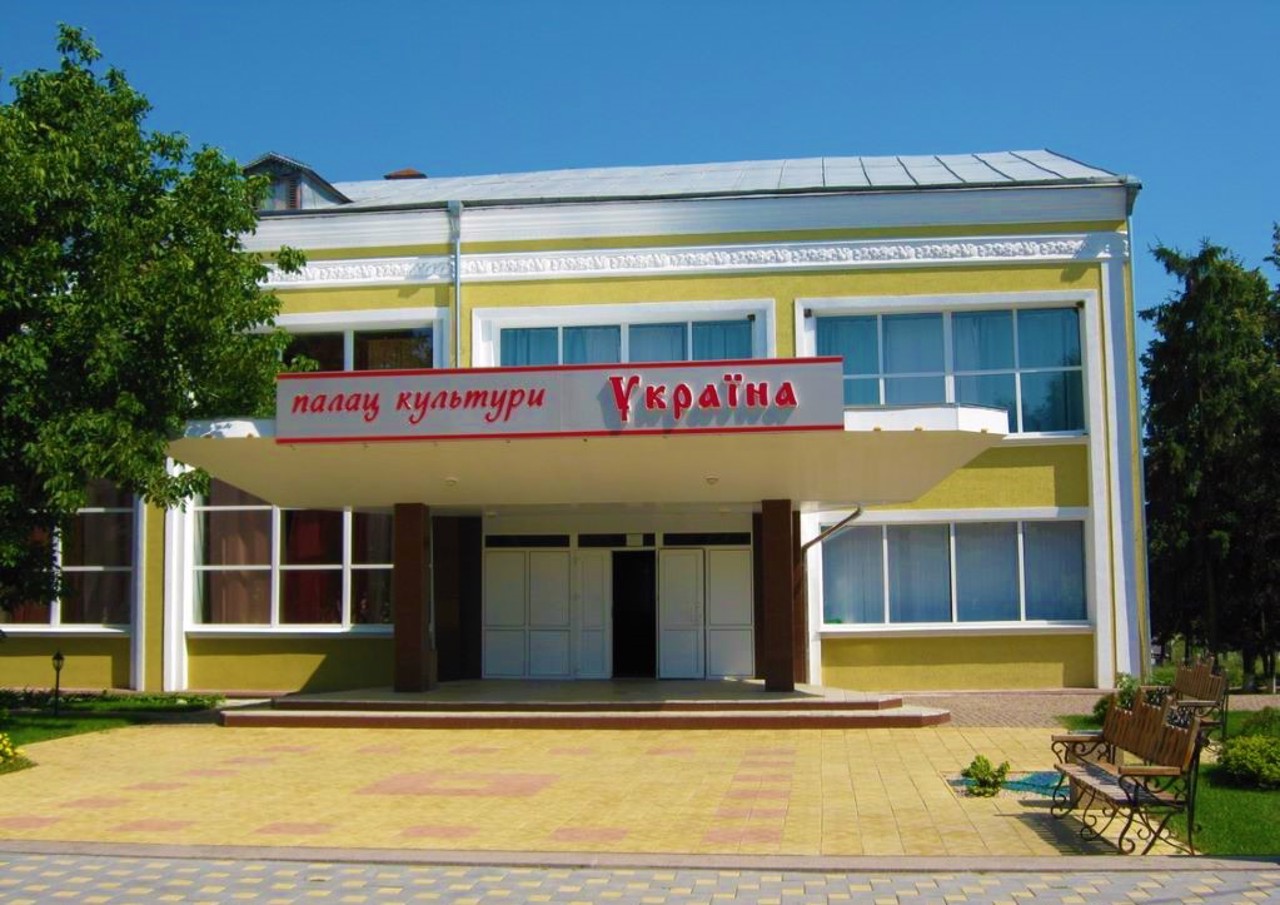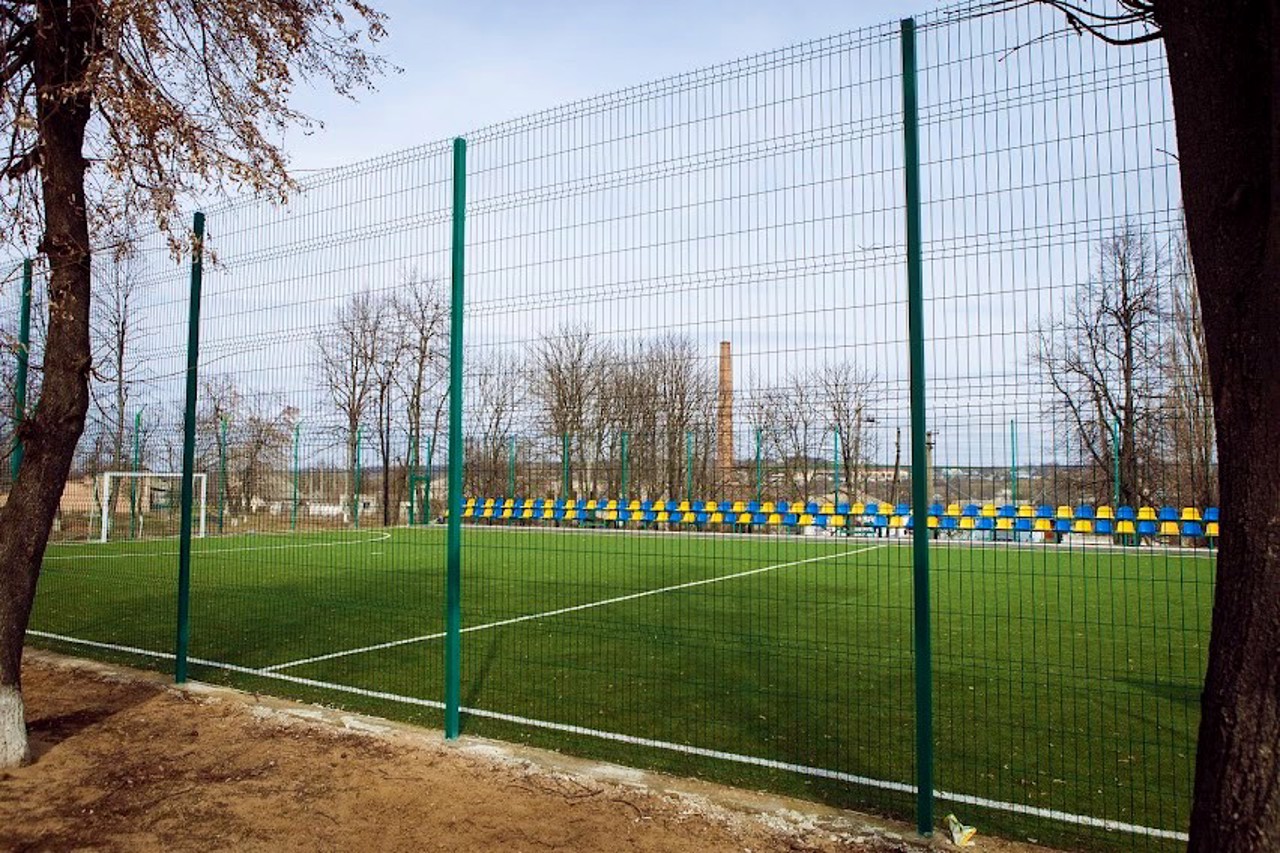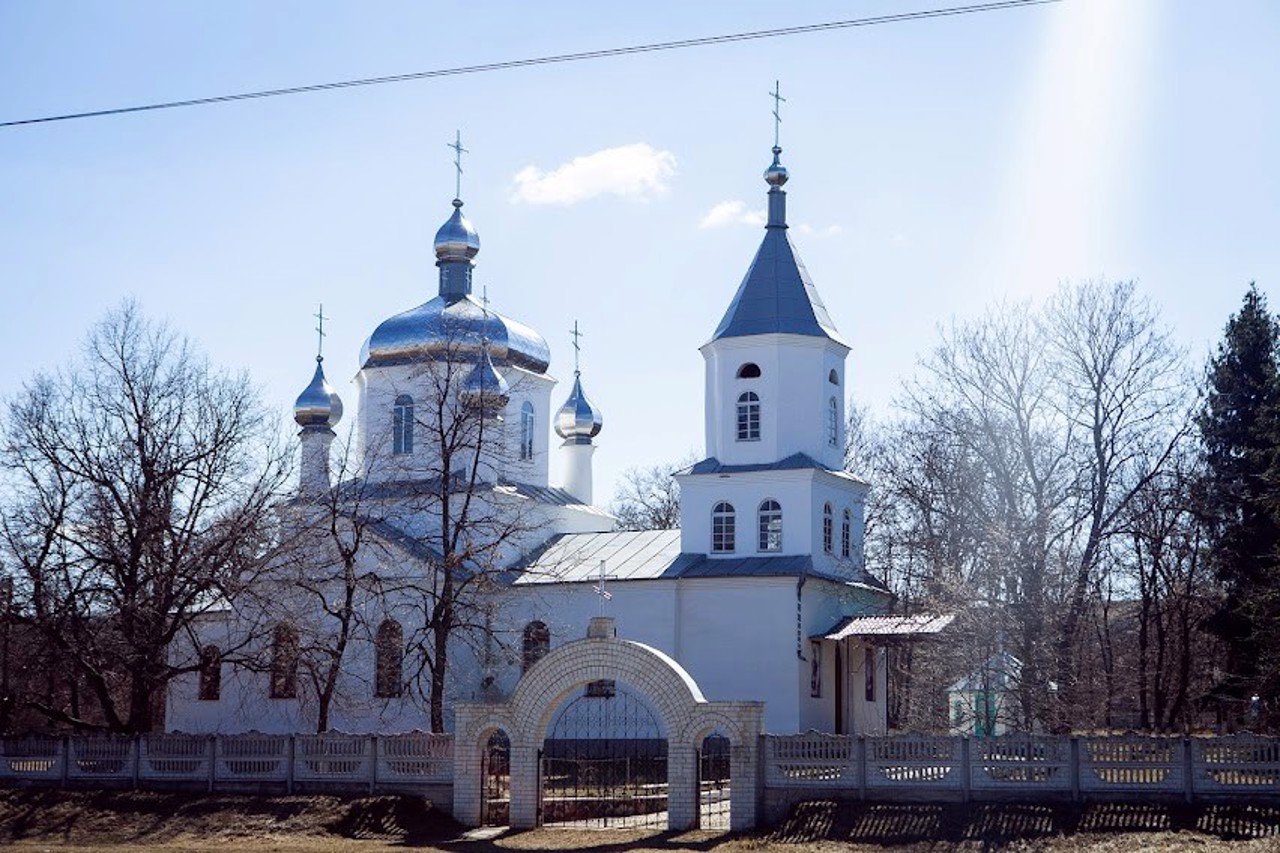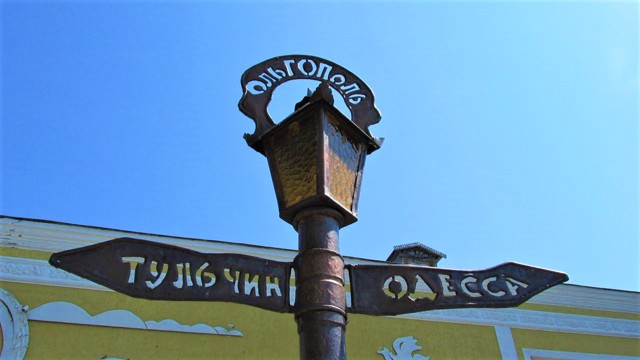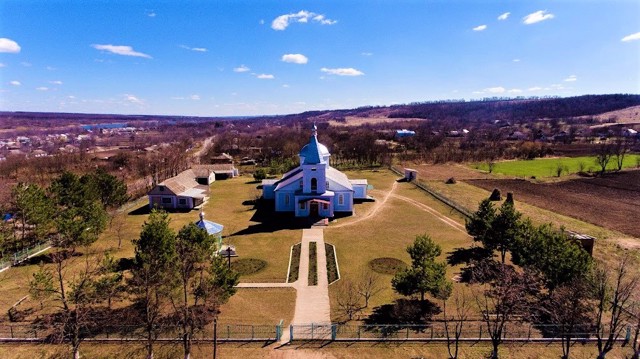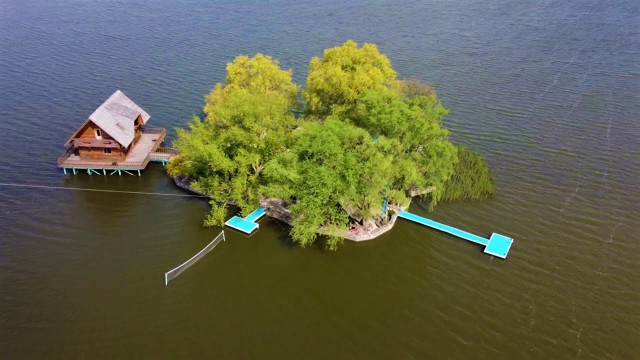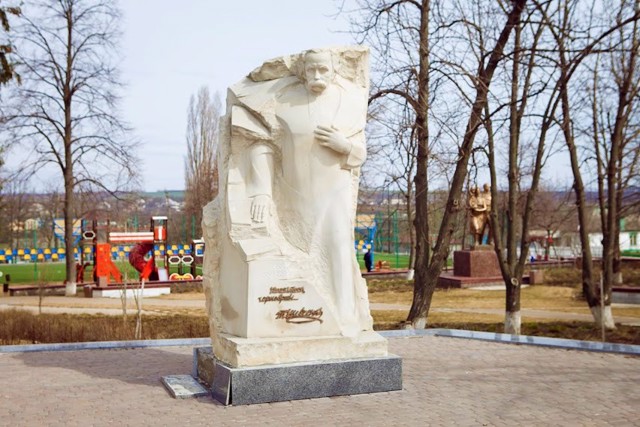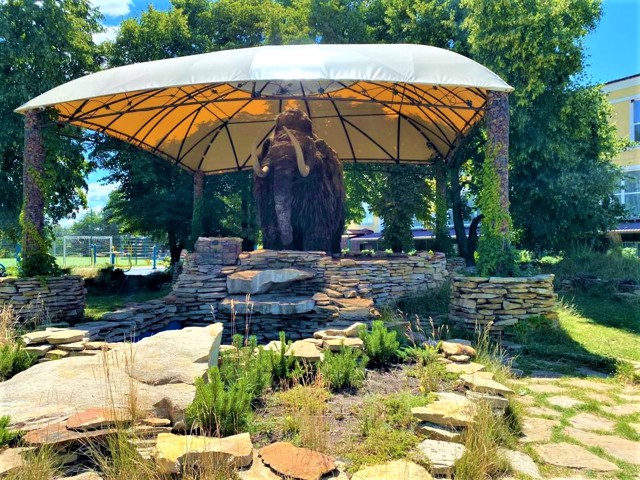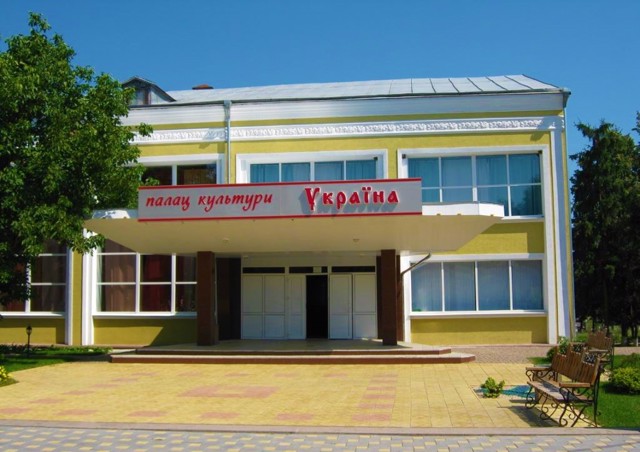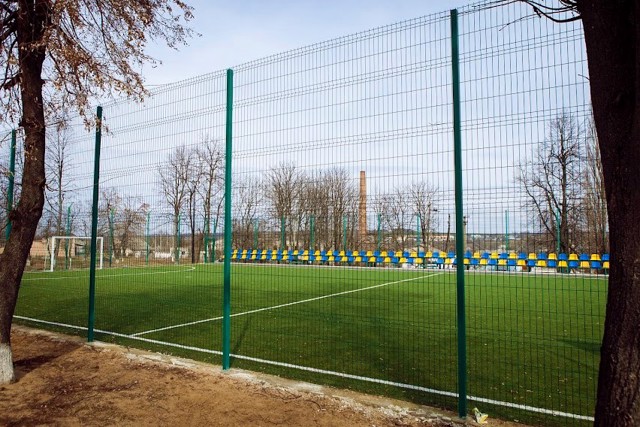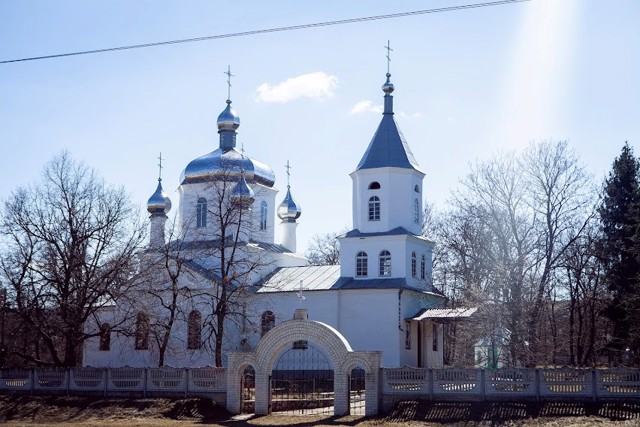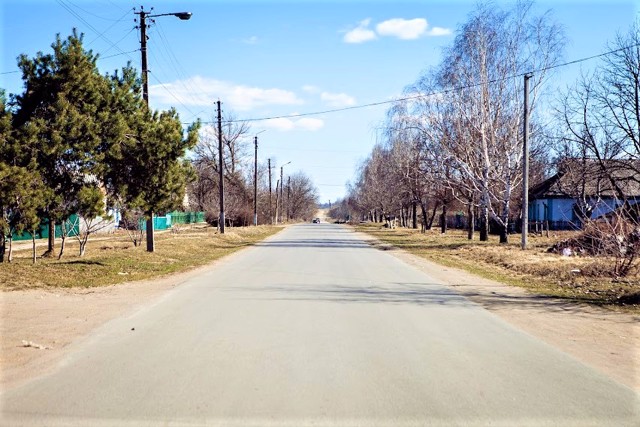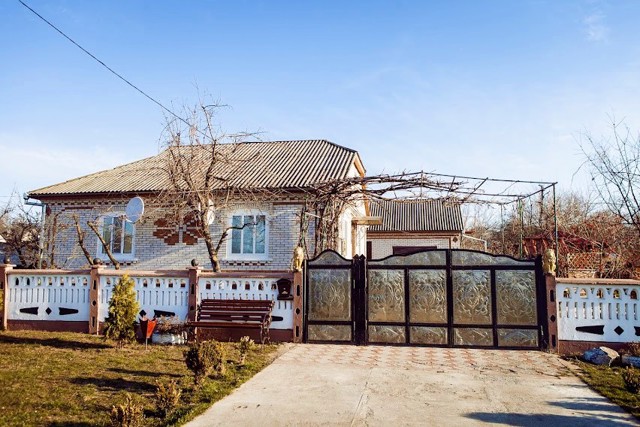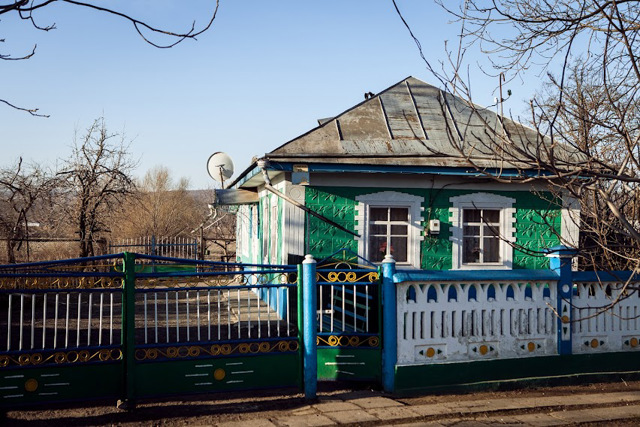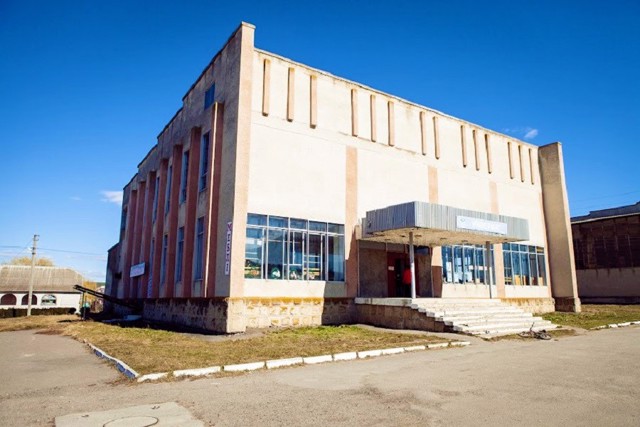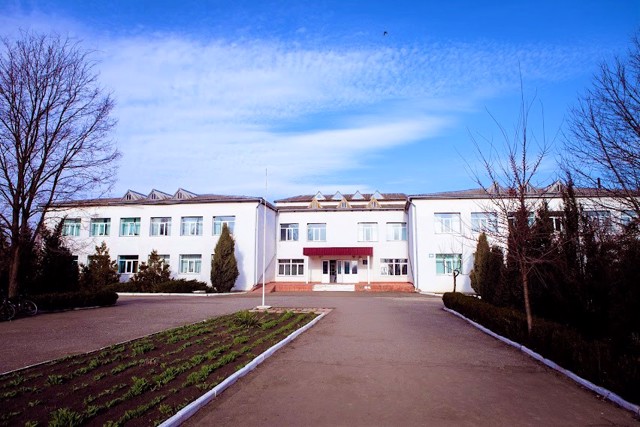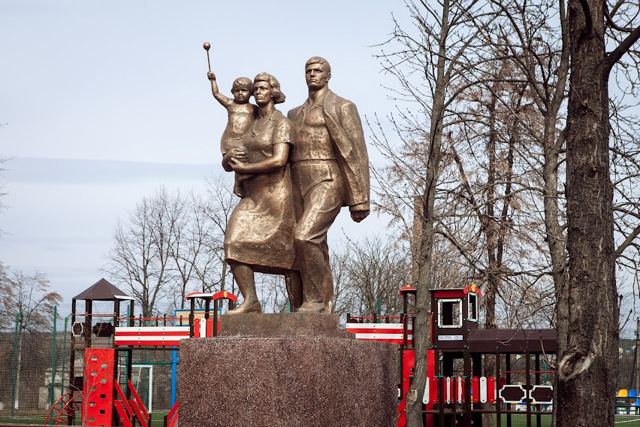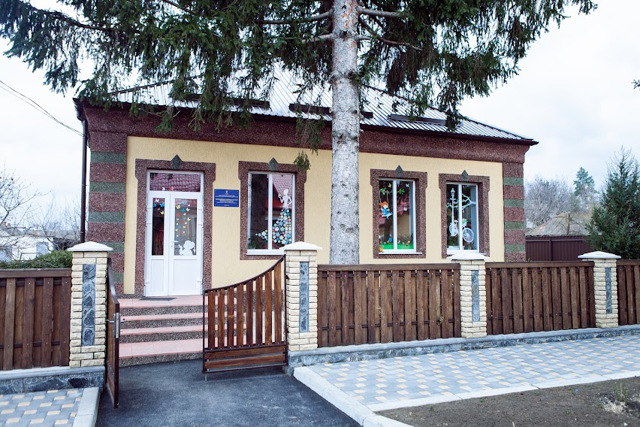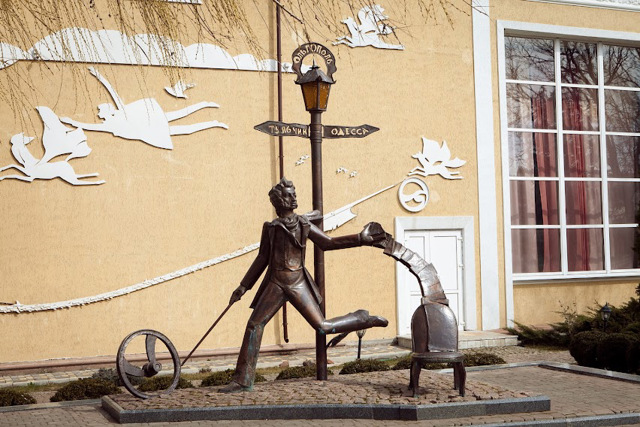Functional temporarily unavailable
General information about Olhopil
The village Olhopil on the Savranka River is located 10 kilometers southeast of Chechelnyk. Administratively, it is part of the Haisyn district of Vinnytsia region.
According to legend, it was founded in the 17th century by two families who settled on the Polish-Turkish border. It was mentioned for the first time in 1780 as Rohizka-Chechelnytska in the possessions of the Lubomyrsky princes. Another legend tells that the Russian empress Catherine II stopped in these places during a trip to new possessions, and in honor of the birth of Grand Duchess Olha ...
The village Olhopil on the Savranka River is located 10 kilometers southeast of Chechelnyk. Administratively, it is part of the Haisyn district of Vinnytsia region.
According to legend, it was founded in the 17th century by two families who settled on the Polish-Turkish border. It was mentioned for the first time in 1780 as Rohizka-Chechelnytska in the possessions of the Lubomyrsky princes. Another legend tells that the Russian empress Catherine II stopped in these places during a trip to new possessions, and in honor of the birth of Grand Duchess Olha Pavlivna, she ordered the village to be named Olhopil, however, the princess was born in 1792, when these lands were not yet part of the Russian Empire . According to other sources, the neighboring Chechelnyk was originally called Olhopil, but after the transfer of the Olhopil county center to Rohizka-Chechelnytska in 1811, it was renamed Olhopil, and Chechelnyk was given its old name back.
In 1822, the poet Oleksandr Pushkin stopped in Olhopil, mentioning the town in one of his poems (a humorous monument was erected). Here was the summer estate of the Romanov princes, relatives of Tsar Nicholas I (the Romanov house has not been preserved). In 1921, after the suppression of the Olhopil uprising of the peasants against the Bolsheviks, the district center was moved from Olhopil to Bershad.
A wooden manor house (XVIII century) and the Zemstvo hospital building (XIX century) have been preserved. The Nai Klyus Synagogue has been converted into a cinema. The Church of Saint Michael was restored in 1996-2000 on the site of the Saint Michael's Church (1859), which was destroyed during the Soviet regime. A green tourism zone is equipped on the island in the middle of the pond.
Село Ольгопіль на річці Савранка розташоване в 10 кілометрах на південний схід від Чечельника. Адміністративно входить до складу Гайсинського району Вінницької області.
За легендою, засноване в XVII столтті двома родинами, що поселилися на польсько-турецькому кордоні. Вперше згадується в 1780 році як Рогізка-Чечельницька у володіннях князів Любомирських. Ще одна легенда оповідає, що в цих місцях зупинялася російська імператриця Катерина II під час подорожі новими володіннями, і на честь народження великої княжни Ольги Павлівни наказала назвати село Ольгополе ...
Село Ольгопіль на річці Савранка розташоване в 10 кілометрах на південний схід від Чечельника. Адміністративно входить до складу Гайсинського району Вінницької області.
За легендою, засноване в XVII столтті двома родинами, що поселилися на польсько-турецькому кордоні. Вперше згадується в 1780 році як Рогізка-Чечельницька у володіннях князів Любомирських. Ще одна легенда оповідає, що в цих місцях зупинялася російська імператриця Катерина II під час подорожі новими володіннями, і на честь народження великої княжни Ольги Павлівни наказала назвати село Ольгополем, однак княжна народилася в 1792 році, коли ці землі ще не входили до складу Російської імперії. За іншими даними, спочатку Ольгополем було названо сусідній Чечельник, але після перенесення центру Ольгопольського повіту до Рогізки-Чечельницької в 1811 році вона була перейменована на Ольгопіль, а Чечельнику повернули стару назву.
В 1822 році в Ольгополі зупинявся проїздом поет Олександр Пушкін, згадавши потім містечко в одному з віршів (встановлено жартівливий пам'ятник). Тут був літній маєток князів Романових, родичів царя Миколи I (будинок Романових не зберігся). В 1921 році, після придушення Ольгопільського повстання селян проти більшовицької продрозкладки, повітовий центр з Ольгополя було перенесено до Бершаді.
Зберігся дерев'яний садибний будинок (XVIII століття) та будівля земської лікарні (XIX століття). Синагога "Най Клюс" перебудована під кінотеатр. Церква Святого Михайла відновлена в 1996-2000 роках на місці зруйнованого за радянської влади Михайлівського храму (1859 рік). На острові посеред ставу обладнана зона зеленого туризму.
Сплануй своє перебування у Olhopil
What to see and where to go in Olhopil
Tourist attractions and museums of Olhopil
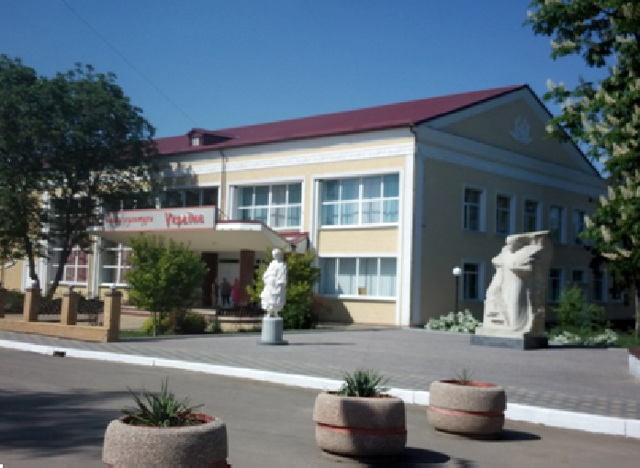
Olhopil Local History Museum
Museum / gallery
The local history museum of the Olhopil village is located in the center of the village.
The organizer and first director of the museum was Yakiv Kyforenko, a history teacher at the Olhopil secondary school, who collected a wealth of material about the past of the Olhopil village. The museum was opened in 1979, and in 1991 it was awarded the title of People's Museum.
Today, the museum's collection includes 1,960 objects, among which there are physical, visual, decorative and utilitarian, written, photo, natural, and video materials that testify to life from the distant past to the modern period of the region.
The exposition of the museum reflects the culture of the Ukrainian people and the traditions of the village: folk women's and men's clothing, shoes, items of furniture of a peasant house, household and kitchen utensils: chairs, benches, cabinets, chests, troughs, baskets, buckets, mugs, antlers, sieves, sieves, jars, wooden and clay bowls, pots, maquis.
The second thematic group includes pottery and pottery tools.
The largest exposition is the ethnographic collection of weaving and embroidery.
Reviews Olhopil
Geographical information about Olhopil
| {{itemKey}} | {{itemValue}} |
|---|---|
| Region |
Vinnytsia |
